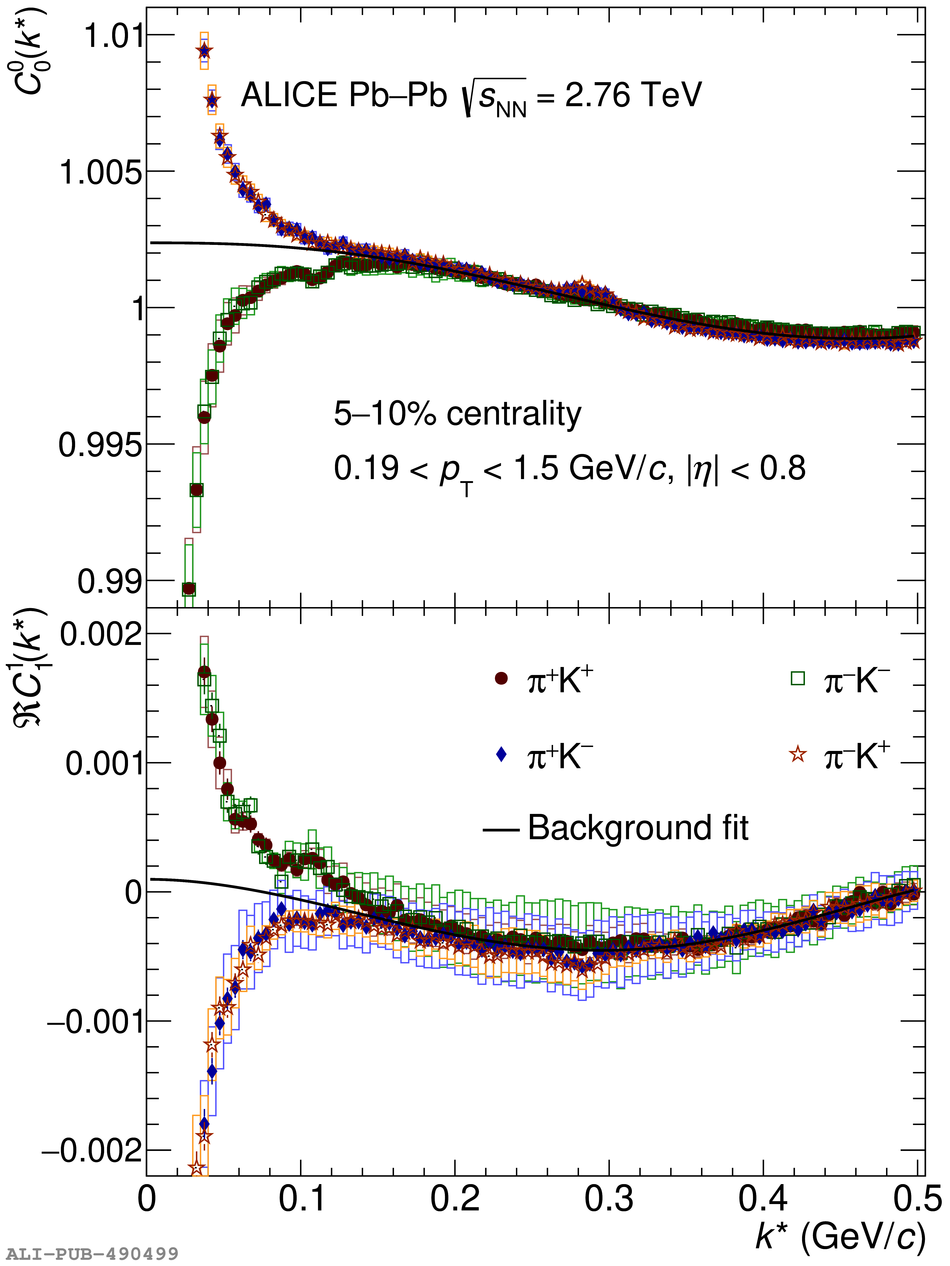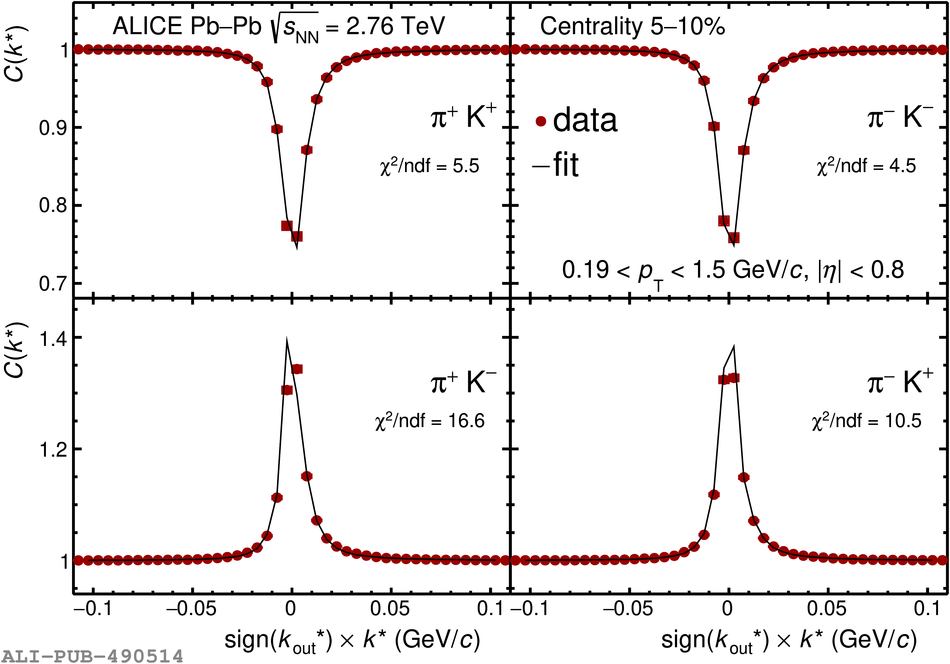In this paper, the first femtoscopic analysis of pion-kaon correlations at the LHC is reported. The analysis was performed on the Pb-Pb collision data at $\sqrt{s_{\rm{NN}}}$ = 2.76 TeV recorded with the ALICE detector. The non-identical particle correlations probe the spatio-temporal separation between sources of different particle species as well as the average source size of the emitting system. The sizes of the pion and kaon sources increase with centrality, and pions are emitted closer to the centre of the system and/or later than kaons. This is naturally expected in a system with strong radial flow and is qualitatively reproduced by hydrodynamic models. ALICE data on pion-kaon emission asymmetry are consistent with (3+1)-dimensional viscous hydrodynamics coupled to a statistical hadronization model, resonance propagation, and decay code THERMINATOR 2 calculation, with an additional time delay between 1 and 2 fm$/c$ for kaons. The delay can be interpreted as evidence for a significant hadronic rescattering phase in heavy-ion collisions at the LHC.
PLB 813 (2021) 136030
HEP Data
e-Print: arXiv:2007.08315 | PDF | inSPIRE
CERN-EP-2020-126






